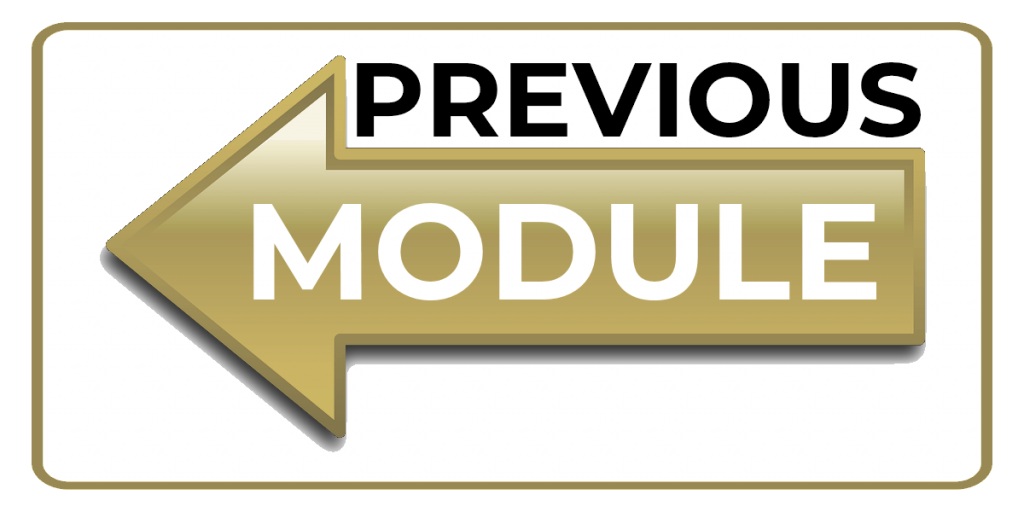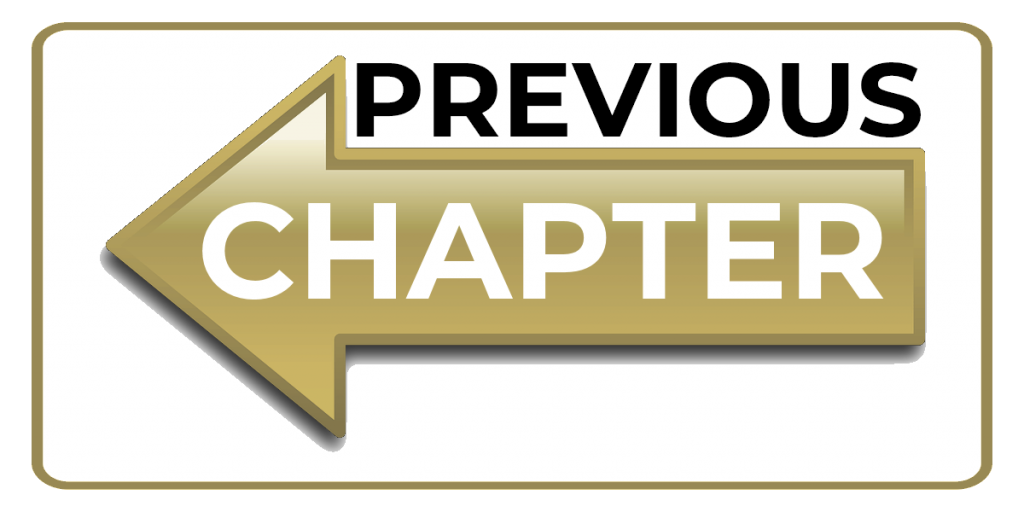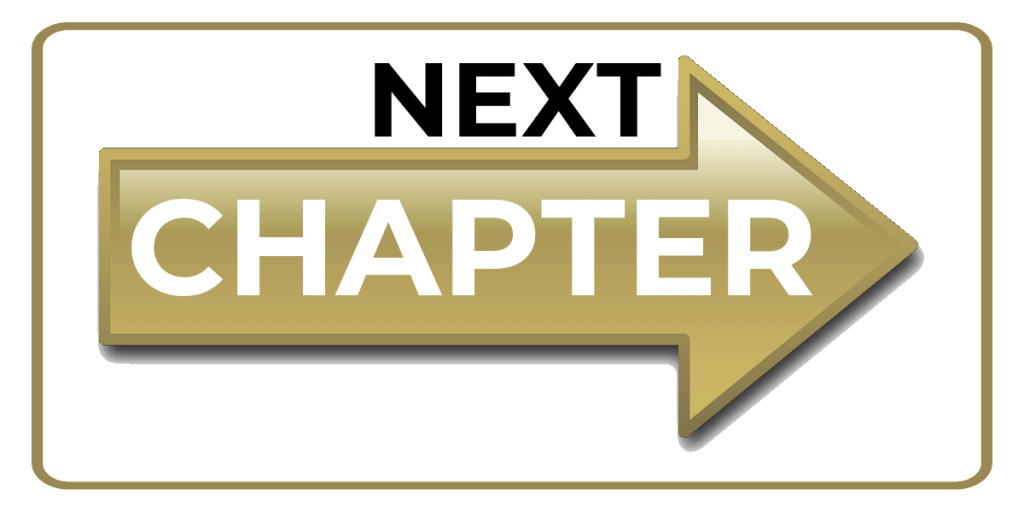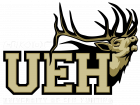
MODULE 8 - SETTING UP FOR ELK
CHAPTER 2: TWO-PERSON SETUPS

If I had to choose one key feature of the setup that has contributed most to my success in calling in and shooting elk, I would have to say it is the two-person setup. Don’t get me wrong, I love the solitude and challenge of calling in an elk by myself, and I’ve been blessed to have it work out several times throughout the past 30 years. But if I am trying to create the most effective situation for being successful as an elk hunter, having a caller set up a short distance behind a designated shooter is hard to beat.
HUNT WITH A PARTNER
When an elk approaches a calling setup, their senses are typically on full alert. They are looking for movement or anything out of place. They are listening for any sounds, and constantly using their noses to detect any hints of danger. Even the slightest deviation of attention to their senses can mean the difference between life and death for an elk. An effective setup can greatly reduce, or eliminate, the chances of being detected by those three senses (sight, sound, and smell). The most effective way I’ve found to overcome an elk’s senses and get them close, is to hunt with a partner.
Hunting with a partner, or the two-person calling setup, places a shooter out in front of a caller. This setup takes the bull’s focus off the shooter’s position, and directs it to the location of the calls. The caller bears the responsibility of bringing the elk through a clear shooting lane and past the shooter. The shooter’s job is to avoid detection as the elk comes by and execute a clean shot. This strategy greatly reduces the elk’s ability to detect the shooter, especially if the shooter considers how and where to set up, as I discussed in the last Chapter. It is also important for the caller to recognize where he needs to set up in order to lure the elk into the shooter’s setup.
I spent the majority of my first 10 years elk hunting as a solo hunter, and I had so many close calls. I was always getting into elk, and there was always plenty of calling action. However, my ability to close the deal was continually being thwarted.
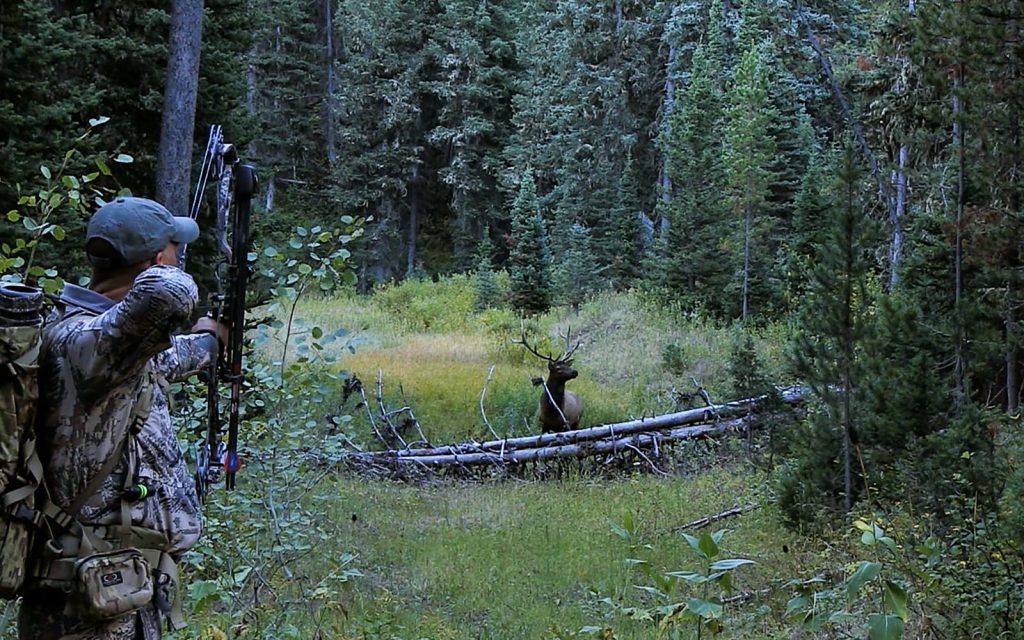
I did experience a couple seasons of success, but it wasn’t until I started hunting with a good elk hunting partner that my success really became consistent.
The thing that made my elk hunting partner a great partner wasn’t necessarily that he was a great elk hunter. It certainly helped that he was, but the characteristic that made our success “click” was unselfishness. He taught me what it meant to be a “team player”, and was continually telling me to grab my bow while he left his at the truck. That unselfishness was contagious, and within a matter of days, we were arguing about who got to call, rather than who got to shoot.
With this attitude of selflessness and a team approach, success came much more effortlessly, and much more often. In fact, from the first season we hunted together, throughout the next 8+ seasons, we were 100% as a team. Additionally, we often tagged out early enough in our week of hunting, that we were able to accompany other friends and call in bulls for them.
I had hunted with “partners’ before this, but it had been more like two solo hunters chasing the same elk than a team approach. It was more like a game of cat and mouse between the hunters, both continually jockeying for the better position to get the first shot at the elk. This selfish way of hunting was actually preventing success. Once the light bulb clicked on, it became brightly apparent that hunting with a partner who shared the same desire for our success was a catalyst for consistent success.
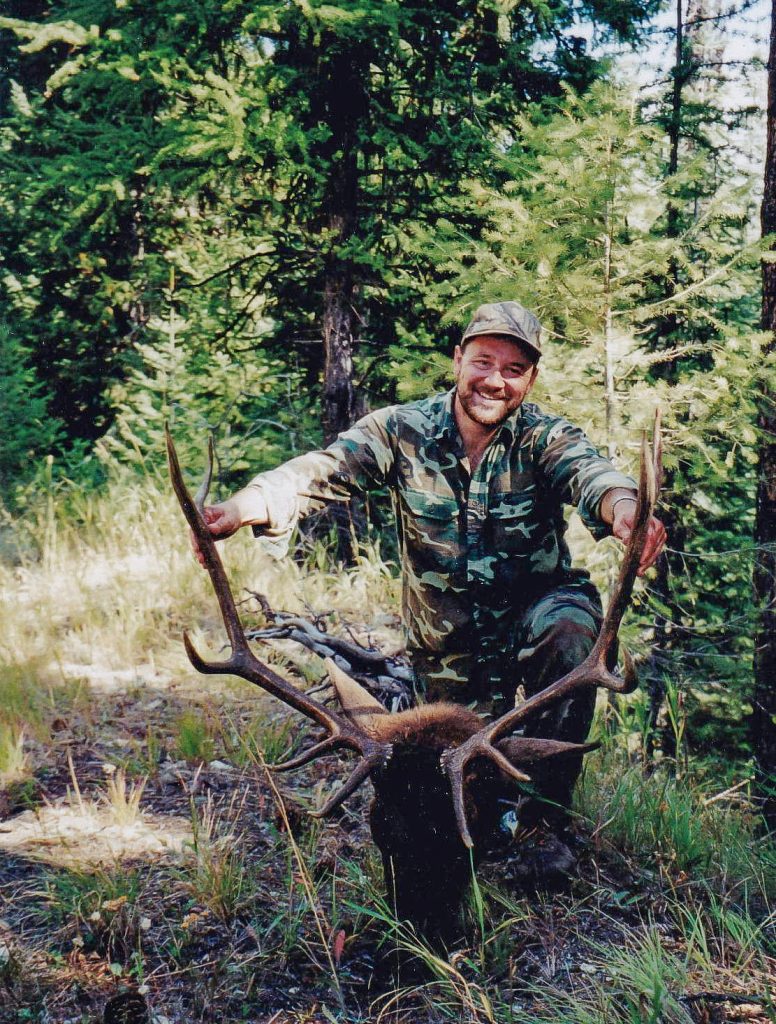
A few years into this “partnership”, we had both tagged out early and I was hunting with two other friends who had yet to fill their tags. One of the friends, David Burdette, had been coming out west elk hunting from Tennessee for several years, and was a consistently successful solo hunter. It took quite a bit of convincing for him to finally concede and allow me to try to call in an elk for him. He seemed very uncomfortable as I explained the “rules” to him – quietly move ahead 60 yards or so and set up along the path the bull will likely come in on, and then just stay quiet. The thought of him not being the one in control was foreign to him, and he was visibly doubting the effectiveness of this new strategy. Reluctantly, but with a bull screaming from 200 yards in front of us, he moved ahead.
I stayed obscured from the setup on the backside of the ridge, and David slipped ahead 60 yards so he was set up on the ridge and could access shooting lanes in multiple directions. The bull was bugling from across the adjacent draw, and would have to come all the way up to the ridge to be able to see where I was calling from. Once David was in position, I started my calling routine. The bull was fired up, and I could tell he was on his way in, so I kept up the calling and raking. As they often do as they approach the setup, the bull went quiet. I continued working the calls, and after a few minutes, the silence was broken by the bull bugling right on top of me! I looked up on the ridge and saw the bull standing there, just 30 yards above me. As soon as my eyes met the bull’s, however, the sound of an aluminum arrow sliced through the air and hit the elk. The bull spun around and made it 60 yards before piling up.
I walked up the hill to where the bull had been standing as David came walking up the ridge. A rare smile spread across his face, and he excitedly replayed the story. The bull had been coming up the front side of the ridge right towards David, and he was coming in on a string. With me set up and calling from the backside of the ridge, the bull had to come all the way to the ridgetop to be able to look down at me. Before he could make it that far, he walked into David’s shooting lane, just 20 yards away. I don’t remember which excuse David used – bull fever, wrong pin, hit a branch – but he missed the bull as it walked by him broadside at very close range. The bull jumped at the unexpected sound of David’s bow going off, but fortunately, I bugled right at that time and the bull continued up the ridge almost like nothing had happened. That is when the bull topped out right above me and looked down at where I was calling from. David had regrouped and nocked another arrow, and with the bull still oblivious to his presence, his second shot hit true.
Since that successful hunt together, I have had the opportunity to hunt with David multiple times, and we’ve enjoyed a lot of continued success together. He still talks about the transformation from a solo hunter to a team hunter that resulted in him becoming an even more consistently successful elk hunter.
Here are couple of video clips that illustrate the proficiency of having a caller set up behind a shooter, and the effectiveness of taking the bull’s attention off the shooter and focusing it on the caller. Watch how the attention of the bull is locked solidly on the location of the caller, which enables the shooter to pull off a much more relaxed shot from a premium setup.
KEYS TO SUCCESSFUL SETUPS
Here are a few things to keep in mind as you set up in a two-person setup.
1. The shooter needs to remain absolutely quiet during the setup. This includes as you move ahead to get set up, as well as throughout the entire sequence. There is one exception, and that is giving a soft cow call to stop the bull when it comes into your shooting lane. Any calling before that time by the shooter will result in the bull being alerted to your presence. Even if it is a natural sound, the bull will remember the sound and the location it came from, and be looking for the source of the sound when he gets there.
2. As the caller, you can make all the natural sounds you want to. You want the bull to know exactly where you are calling from, but not be able to actually see that location until after he has come through the shooter’s setup. Sounds like calls (obviously), as well as raking, stomping, breaking branches, etc., are all OK sounds to make as the caller.
3. As the caller, your only job is to bring the bull into the shooter’s setup before the bull can see where you are calling from. This may require quite a bit of moving around and readjusting by the caller. If the bull is circling downwind more than you anticipated, you may need to scramble up the hill to pull the bull back up into the shooter’s lap. Just pay attention to the wind and make sure the bull doesn’t see you as you are moving around. Be sure to pick a setup where the bull will have to come through the shooter’s lanes before he has any chance of being able to see where the calls are coming from.
For instance, let’s assume a bull is bugling from 150 yards away on the opposite side of a meadow. If the shooter moves ahead 60 yards and sets up next to a small tree in the middle of the meadow and the caller stays back and sets up in the trees on the edge of the meadow, that bull is not likely going to get close to the shooter. He will likely hang up on the far side of the meadow, and wait to see the elk that is calling from just inside the trees. It would be better in most cases for the shooter to set up on the edge of the meadow just inside the trees, and the caller to move back 60 yards or so into the trees to pull the bull across the meadow. If the bulls feels like he can see where the calls are coming from and he doesn’t see another elk, the chances of him coming in go way down.
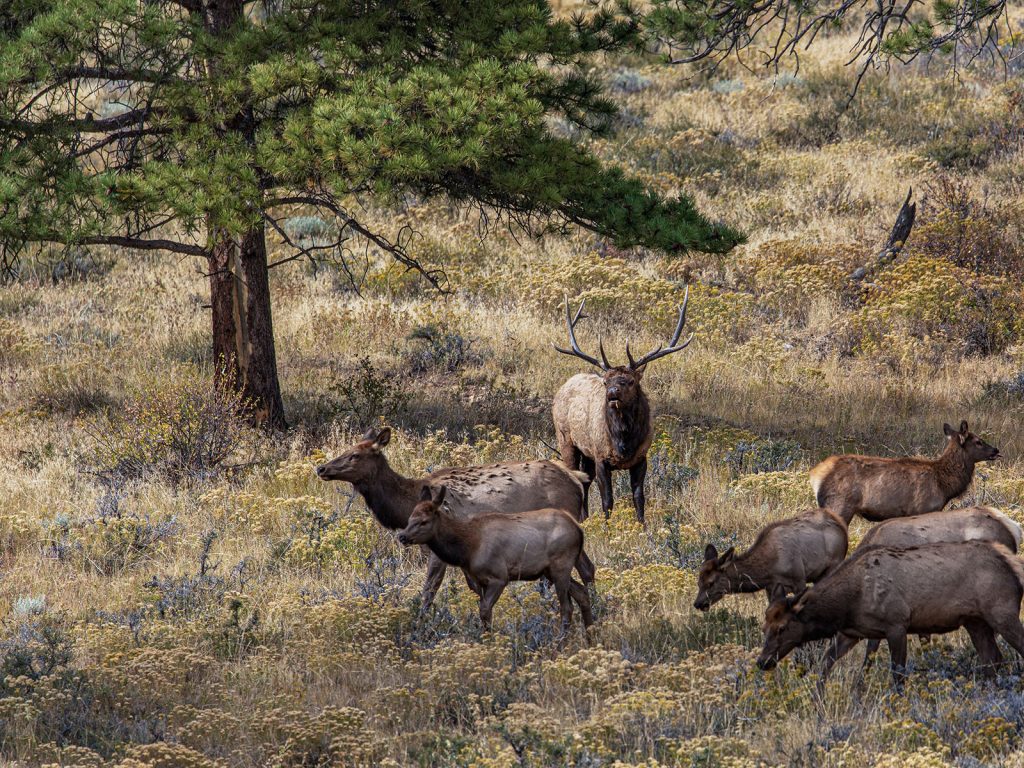
In my opinion, this is why most bulls “hang up” as they are coming in. They can see the location where the calls are coming from, but they can’t see the source of the calls. If they haven’t made it into a shooting lane for the shooter at this point, they likely aren’t going to come any closer. As the caller, pick a good setup, and then do whatever it takes to “guide” the bull into the shooter’s lanes.
4. Establish an effective form of communication between the caller and the shooter. With the caller set up back behind the shooter, it isn’t uncommon for the two to not be able to see each other. The last thing you want in this situation is for the caller to get curious and move ahead to see what’s going on, only to bump the bull as it was silently approaching the shooter’s lanes. Being able to read the situation and communicate effectively is important. Even in situations where the shooter and caller can see each other, having a couple of commonly used hand signals can be quite helpful.
One of the most used signals for our group is the signal to move ahead and put more pressure on the bull. If a bull is moving off with cows, the shooter may recognize this and begin moving toward the bull as well. If the caller stays back and doesn’t move though, the shooter becomes a solo spot and stalk hunter. In our group, the shooter gives 3 quick cow calls to indicate they are moving closer to the bull, and signal to the caller that they need to move forward as well. Other hand signals that tell the caller to give a cow call or a bugle, or signal for the caller to rake a tree or fall back, can be helpful as well.
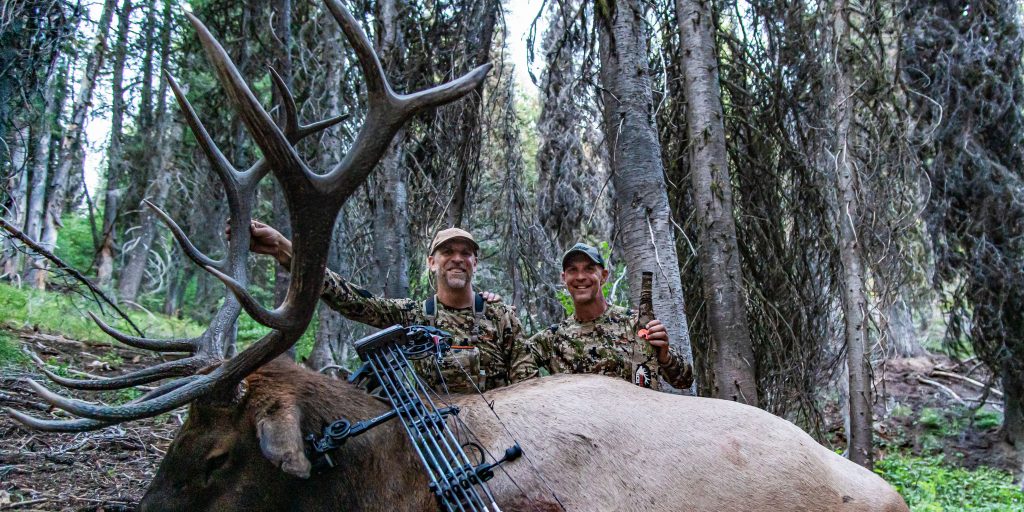
5. As the shooter, be aware of terrain breaks that will visually separate your shooting setup from the calling setup. Try to pick a location that will force the bull to go past your setup to be able to see where the calls are coming from. There isn’t a magic distance for getting in front of the caller, but I’ve found that 40 to 80 yards will usually do the trick. The more open the terrain is, the farther from the caller you will probably need to be. In thick areas, you can be closer to the caller as the bull won’t be as likely to see the source of the calling from far distances.
I always want the caller to be as close to the bull as he can get, and the shooter in a location where the bull won’t be able to see the caller’s location when he comes in. That distance will change in every setup, so focus more on what you are trying to accomplish rather than a set distance.
6. Lastly, work as a team. As a caller, recognize your job right now is to help your teammate have the highest chance of success that you can create. If your partner is successful, you are successful. If there is any jealousy or competition between you and your partner, it will likely lead to selfishness and decrease the effectiveness of your team. Be as happy – or more happy – when your partner is successful than you are when you are successful, and you won’t have to worry about who fills their tag each year….you both will! The sum of the whole is definitely greater than the sum of the parts when it comes to elk hunting partnerships!
Like I mentioned at the beginning of this Chapter, there are times that I’m not able to – or choose not to – hunt with a partner. Calling an elk in by yourself is still possible, but it does take a few more considerations, especially as you are setting up.
Click ‘Next Chapter’ Below to Continue on to Chapter 3: Setups for Solo Hunting
